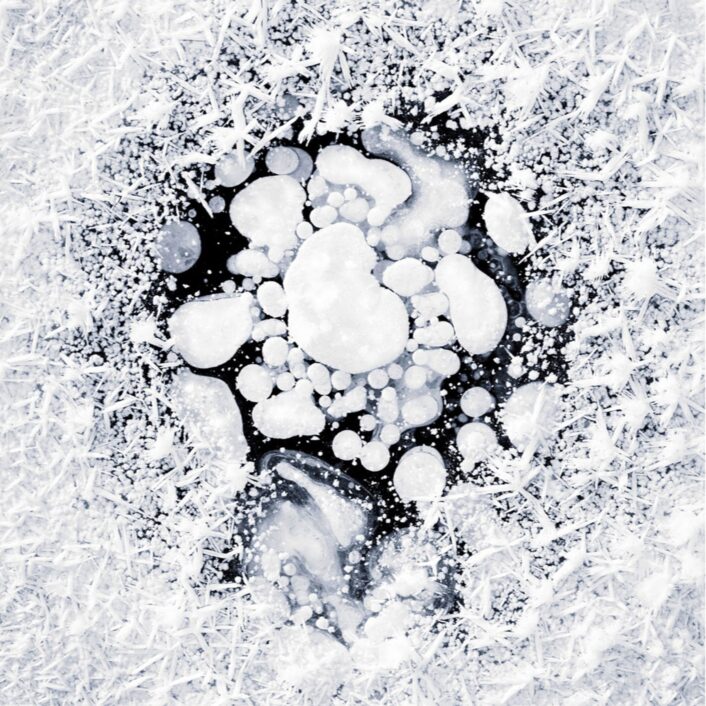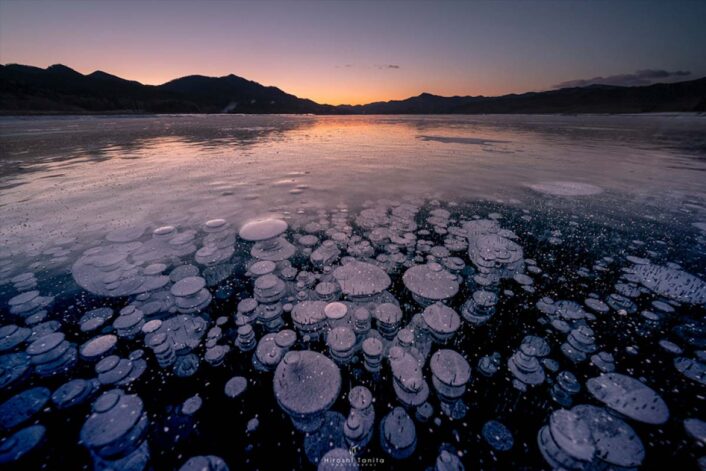Culture
Seeing the Colorado River as veiny branches
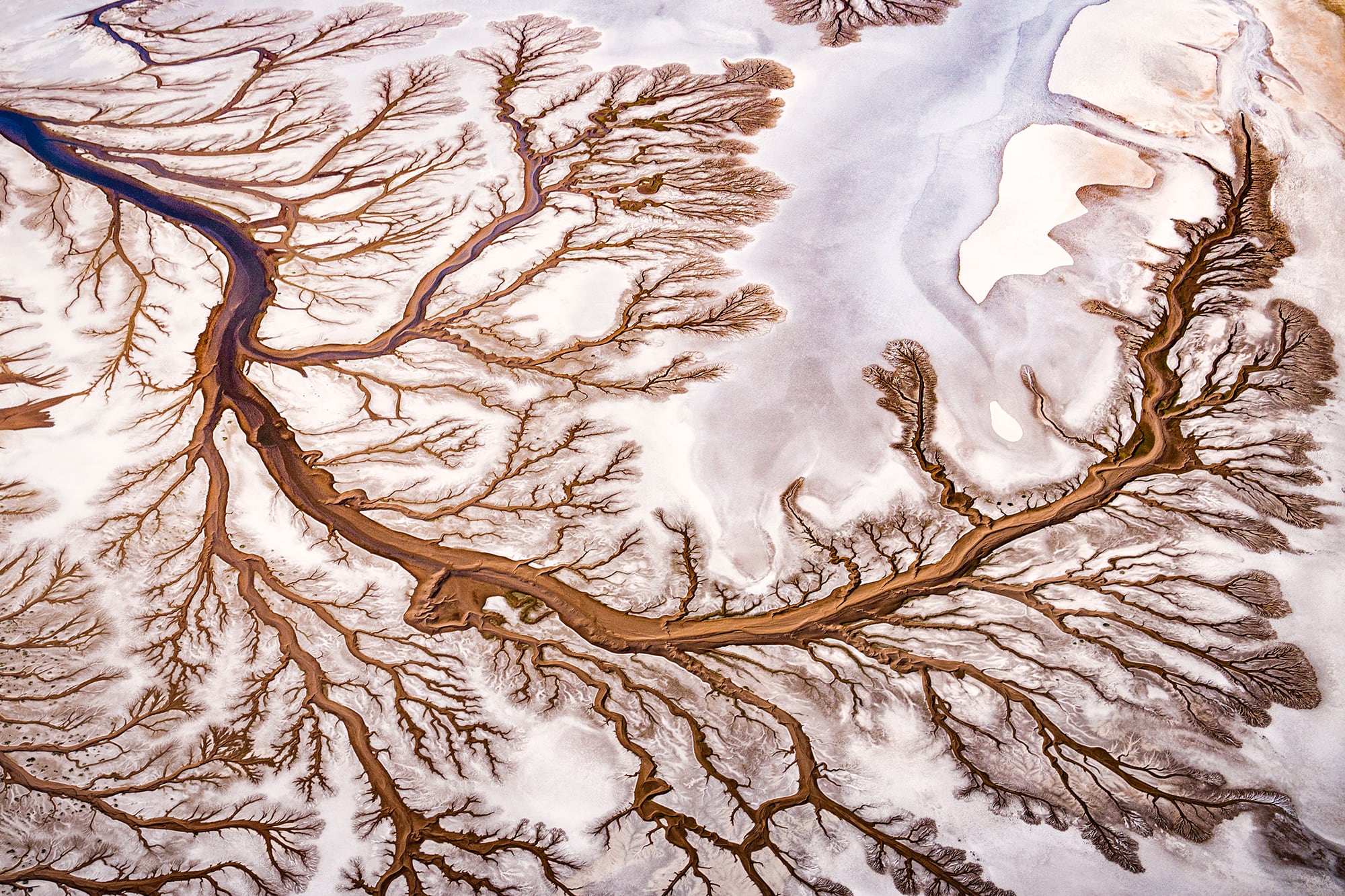
“Written in Water”
Image courtesy of: This is Colossal
The pioneering conservation photographer Paul Nicklen is not new to using his photographs to connect a global audience (courtesy of Peta Pixel) “to the beauty and fragility of our ecosystems and the animals that depend on them.” As a marine biologist, fine art and wildlife photographer, conservationist, author, speaker, and filmmaker, Nicklen has worn many hats.
However Nicklen’s recent series named the “Delta Series,” is perhaps the most impressive in today’s age of global warming concerns and the impacts of a changing world. The awe-inspiring series captures points along the Colorado River that beautifully, yet tragically, showcase the effects of a drought.
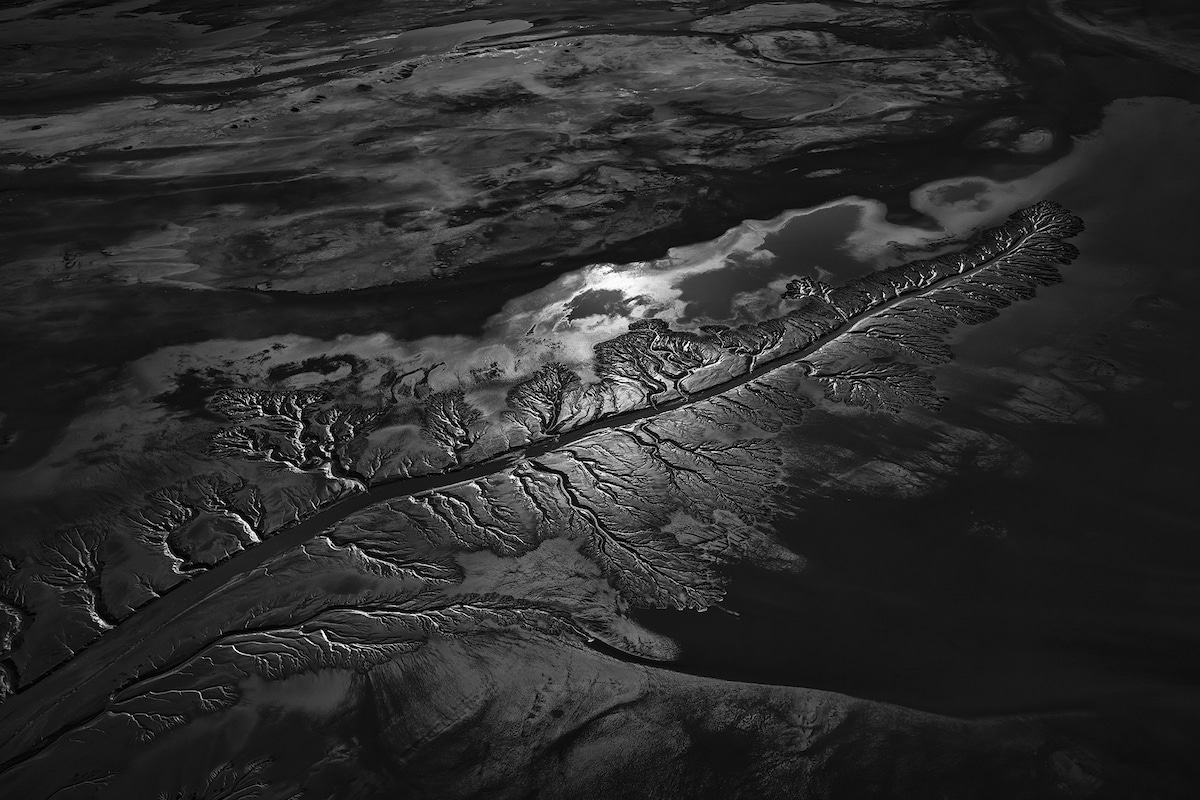
“Arterial Shadows”
This area was previously a lush forest that nourished millions of migrating birds each year.
Image courtesy of: My Modern Met
The stunning photographs show the remains of the Colorado River as it has dried up before reaching the Sea of Cortez in Baja, Mexico. For millions of years, the freshwater river had flowed freely in the region; however today, due to catastrophic climate changes, the mighty flow has become a trickle that essentially dissipates before reaching the sea.
In an area that was once a beautiful wetland and estuary, years of overuse and a historic drought has left the land with only sand and silt carved into the channels that veer off the leftover land impressions. It is almost unbelievable to conceive that the river dried up hundreds of miles prior to what was previously its final destination.
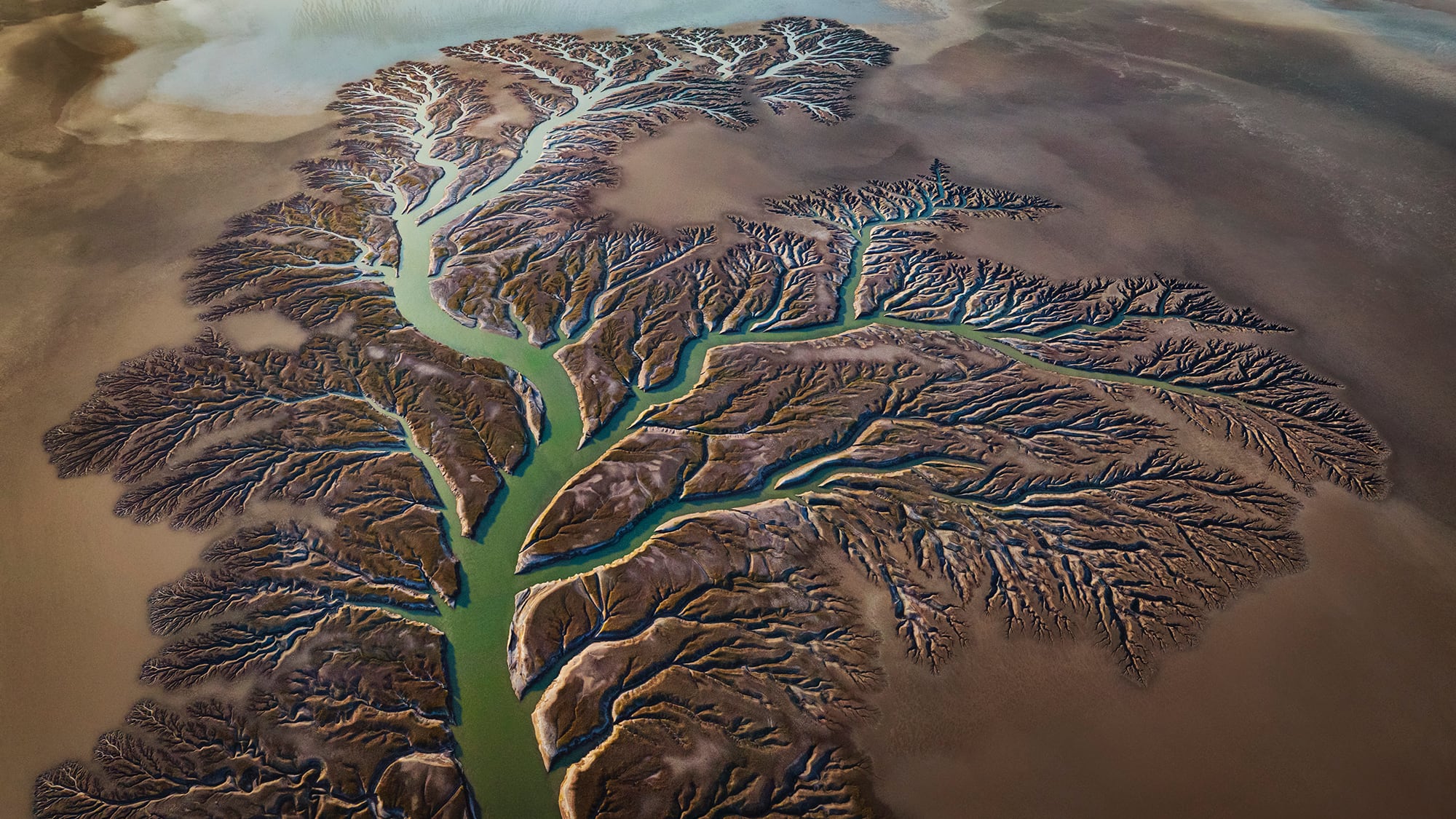
“Arbol de Vida”
Image courtesy of: This is Colossal
The silt that remains expands beautifully like branches stretching out… or similar to veins. Today, all that is left of these river vestiges is clay. The lines tell a story of what scientists call a “megadrought,” a term coined to describe the impact on the western region of the country’s climate crisis since 2000.
Due to drought and the fourteen dams that block the river, there is no doubt that decreased snowpack, thirstier land, and increased temperatures are also to blame. Interestingly, last June, the governments of both the United States and Mexico agreed to release water from irrigation canals in an attempt to revive the ecosystem.
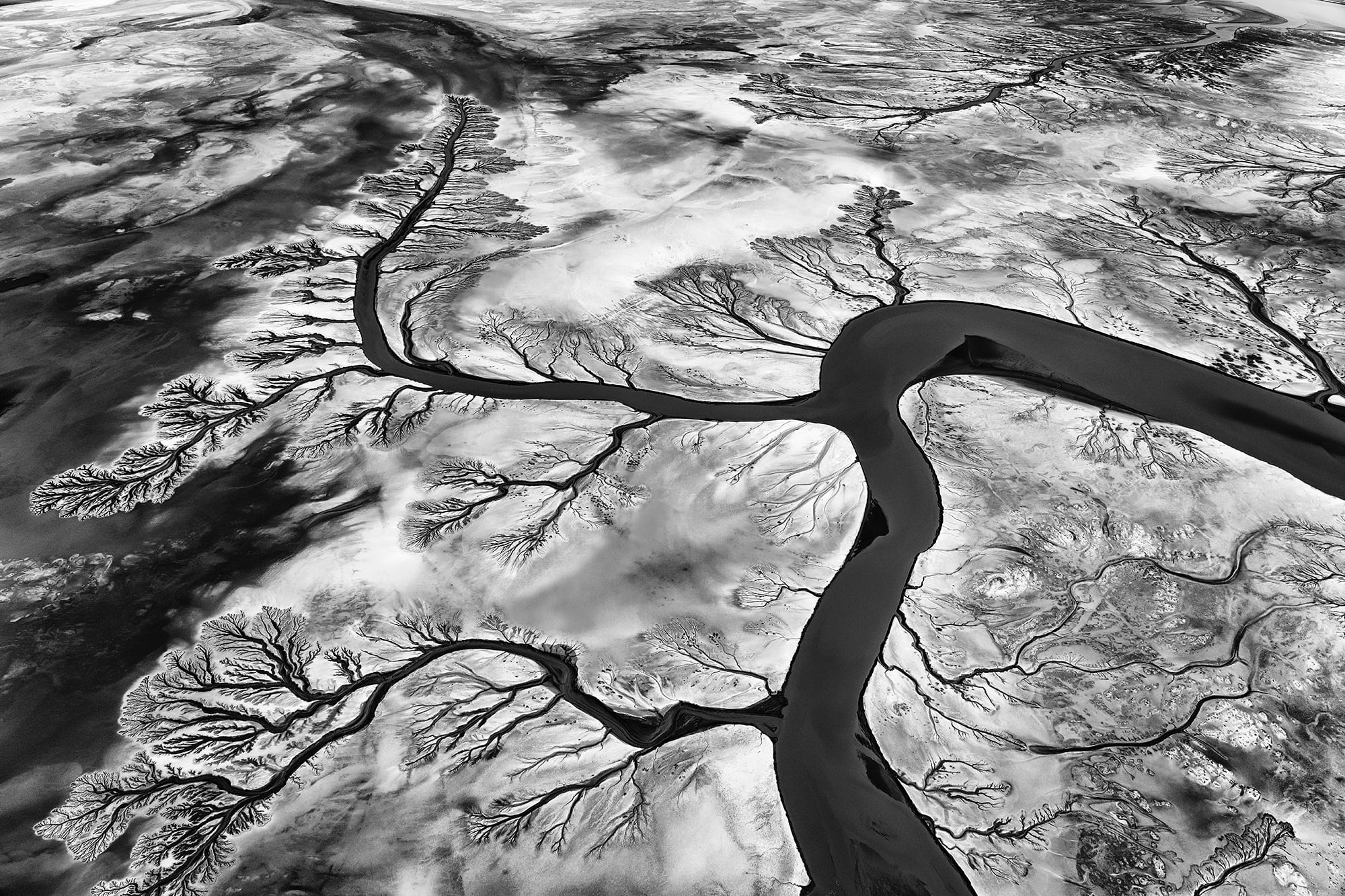
“Arterial Poetry”
Image courtesy of: This is Colossal
The photos in this series were all taken from the window of a two-seater plane as it flies low, over the earth’s crust. Perhaps an exercise in empathy, Nicklen explains the Delta Series (courtesy of 1st Dibs), “I captured the last leg of its journey elegantly scrawled in silt. Heartbreaking in its weakened state and yet breathtaking in its resilience, it was as if the very lungs of our earth were exposed. The fractals branching across the surface mirrored the veins in my arm like a cotton weaving all living creatures into the landscape’s tapestry. I felt exhilaration rising in my chest as we flew over branches upon branches of elaborate designs all carved by nature’s delicate hand; the first and greatest artist.”

Paul Nicklen in his element…
Image courtesy of: Times Colonist, photographed by: Cristina Mittermeier
The Canadian photographer, having grown up in the Arctic, is especially cognizant of the human effects of haphazard actions. As he normally does, Nicklen uses these photographs to portray and spell out the utter importance of conservation. He says that he wants people to walk away from this series understanding that drought is happening right in their backyards, and not only in Africa.
In closing, Nicklen says it best, “The tides now, instead of going through old grassy fields, are going through salt and silt and carving their way through the sediment. They’re showing that this is the hearts and the lungs and the trees of our planet, sort of carving and etching and reminding us of what once was in this beautiful delta.”

